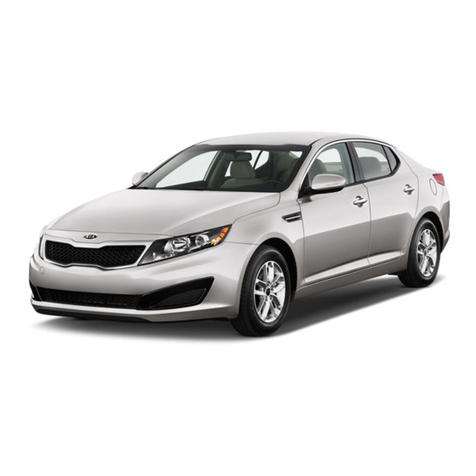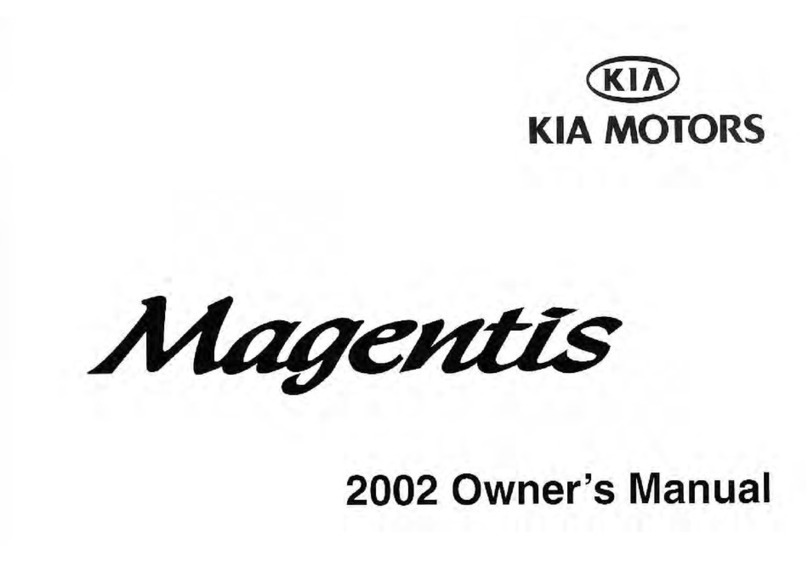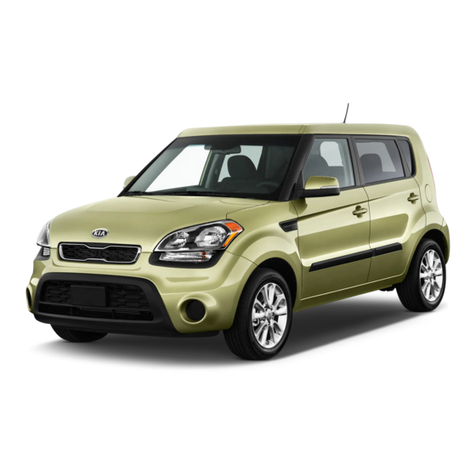
VIDEOS & QR CODES .....................02
INSTRUMENT CLUSTER
Instrument Cluster Overview .....................03
Indicators & Warning Lights ......................04
Tire Pressure Monitoring System (TPMS) ............05
Fuel Economy .................................05
Trip Modes / Trip Computer.......................06
LCD Instrument Cluster Modes ....................06
Instant Fuel Consumption Mode ...................06
User Settings* .................................07
Service Interval Mode* ..........................07
DRIVER’S PANEL
Instrument Cluster Control .......................08
Electronic Stability Control (ESC) ..................08
Hill-Start Assist Control (HAC). . . . . . . . . . . . . . . . . . . . . 08
Forward Collision-Avoidance Assist (FCA)*...........09
Power Windows, Window Lock & Central Door Lock....10
Power/Heated Outside Mirrors ....................10
STEERING WHEEL CONTROLS
Headlights & High Beams ........................11
Turn Signals ..................................11
Windshield Wipers & Washers.....................12
Rear Wiper & Washer (5-Door Only)*. . . . . . . . . . . . . . . . 12
Tilt Steering Wheel .............................13
Bluetooth®Wireless Technology ...................14
Audio Controls.................................16
Cruise Control* ................................16
AUDIO SYSTEMS
UVO eServices Activation*. . . . . . . . . . . . . . . . . . . . . . . . 17
Android Auto™/ Apple CarPlay®Setup ..............17
Standard Audio System* .........................18
UVO eServices* ................................19
CENTER PANEL
Digital Clock ..................................20
Aux/Multimedia USB Ports, Power Outlets
& USB Charger Port* ..........................20
Manual Climate Control..........................21
Automatic Gear Shift / Sportmatic®Shifting* .........22
SEATING
6-Way Adjustable Driver’s Seat....................23
Front Seat Headrest Adjustment ...................23
Folding Rear Seatback ..........................24
OTHER KEY FEATURES
Remote Keyless Entry (Folding Key)* ...............25
Door Locks / Double-Turn Unlock All................25
Fuel Cap / Malfunction Indicator ...................25
Hood Release Lever and Latch ....................26
Fuel Door Release Lever .........................26
Trunk Release Lever (4-Door)* ....................26
Sunvisor .....................................26
Map/Room Lamps..............................27
Rear View Monitor (RVM)*........................28
Child-Protector Rear Door Locks...................28
Liftgate Release Button (5-Door)*..................28
SAFETY FEATURES
Occupant Detection System (ODS) /
Passenger Airbag Off Indicator ..................29
Seat Belts ....................................29
NORMAL MAINTENANCE SCHEDULE ..Back Cover
LEGAL DISCLAIMERS...........Inside Back Cover
RIO FEATURES & FUNCTIONS GUIDE
*IF EQUIPPED
ESSENTIAL FEATURES
Air Conditioning / Climate Control ................21
Android Auto™/ Apple CarPlay®Setup.............17
Audio System – UVO eServices Activation* .........17
Audio System – Standard Audio System*. . . . . . . . . . . 18
Audio System – UVO eServices* .................19
Aux/Multimedia USB Port & Power Outlets* ........20
Bluetooth®Wireless Technology*.................14
Cruise Control*. . . . . . . . . . . . . . . . . . . . . . . . . . . . . . . 16
Digital Clock.................................20
Folding Rear Seatback.........................24
Passenger Airbag Off Indicator ..................29
Service Interval Mode .........................07
Tire Pressure Monitoring System (TPMS) ..........05
Windshield/Rear Wipers & Washers* ..............12
Driving while distracted can result in a loss of vehicle control that may
lead to an accident, severe personal injury and death. The driver’s
primary responsibility is in the safe and legal operation of a vehicle,
and handheld devices, other equipment or vehicle systems which take
the driver’s eyes, attention and focus away from the safe operation
of a vehicle or that are not permissible by law should never be used
during operation of the vehicle.



















































